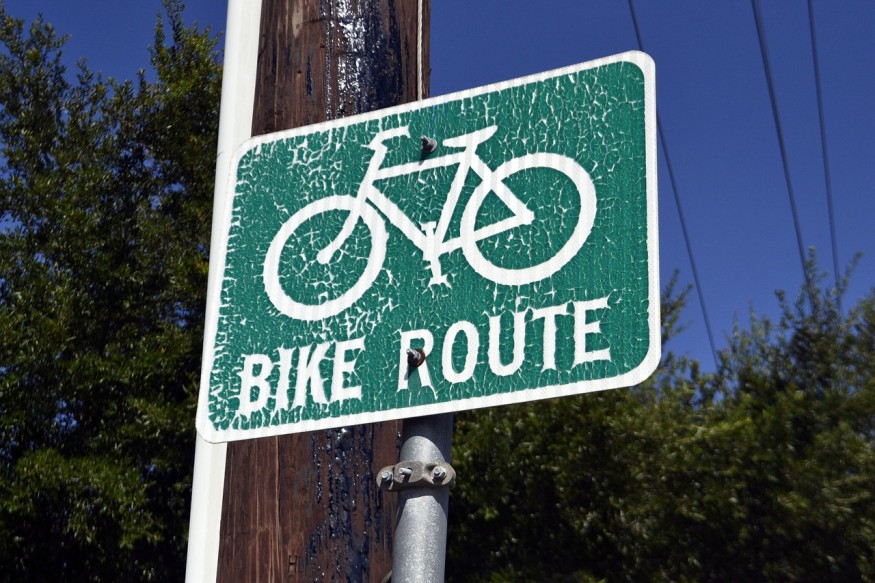
In this COVID-19 pandemic, people living in cities found that their usual transportation has been drastically reduced or disappeared; thus, an increasing number became cyclists.
US bike users rose by 28%, according to EcoCounter. Last May, a survey by PeopleForBikes Foundation found 55.8% changed primary transportation or stopped commuting, and almost 50% used bikes. Meanwhile, 40.5% will walk or bike more even after the pandemic. Velocipede sales increased massively in May.
Experts on transportation agree that cities are still not adequately equipped to deal with the sudden surge of massive numbers of bikers in the streets.
PeopleForBikes ranks cities in the US according to how friendly they are to bikers. The ranking considers criteria such as safety, total ridership; road-trail network strength; capacity of municipalities to effect change quickly; and capacity of systems to reach various communities. San Louis Obispo in California, which tops the list, only had a score of 3.5 out of 5 for biker-friendliness.
PeopleForBikes local innovation head Kyle Wagenschutz says that to improve a city's score, it must invest in more extensive and better networks, such as greenways, shared streets, secure parking, and protected lanes.
If the infrastructure is improved, "bike-ability" metrics will significantly increase, particularly in terms of safety, reach, and ridership. Wagenschutz says that most cities in the US have a low score for a network, and will continue to have low scores for the other criteria if there will not be an investment in infrastructure.
According to Transportation Alternatives executive director Danny Harris, in towns with notable infrastructure for biking, particularly Copenhagen, Denmark, and Bogota, Columbia, biking is a whole way of thinking and mindset. The residents, particularly the vulnerable sectors, are prioritized.
In contrast, despite the significant increase in infrastructure, the US Department of Transportation's 2018 data shows it is the year with the most fatalities for bikers and pedestrians.
The pandemic forced cities to implement programs for cleared roadways for pedestrians and bikers quickly. An Oakland Slow Streets program involved clearing 74 miles of city roads, while New York has a program that shut down roads for around 30 miles.
According to critics, these measures are temporary, which involves no careful planning or community engagement necessary in effecting a long term and large scale solution. There is a need for a broader network that enables bikers to get to areas with even the heaviest traffic, such as business districts.
According to an urban planner and Thrivance Group founder and CEO Destiny Thomas, repurposing spaces points to our laziness in identifying the sectors targeted for the restoration of these places. He says Georgia and Atlanta prioritized equity in network planning. They also asked residents to vote on and propose how transportation funds are spent.
Wagenschutz shares plan by Austin in Texas to reserve two of South Congress Avenue's lanes for bikers. Broad and aggressive conversion of streets has been seen in London and Paris, as well.
Simple and short-term tweaks involve installing tall poles that divide vehicles from bikes and placing modular barriers. In the long term, planners believe diligence and thought are needed when investing in infrastructure. Solving storage, space, and safety issues are paramount to encourage more bicycle riders.
As for carbon emissions, it has been estimated that if by the year 2050 e-bikes and bicycles compose 14% of all traveling in the world's cities, an overall reduction of carbon emissions of 11% will be seen.
There are 271 grams, and 101 grams of CO2 are released when operating a car and bus, respectively, while only 16 grams are released from bicycle riding. Meanwhile, producing one car releases 313 grams of carbon, while only 16 grams are released in producing one bicycle.
In addition, pedestrians and cyclists have been found to have the lowest amount of inhaled pollution compared to drivers. So aside from having fewer emissions in using a bike and in walking, these people actually are freer from pollution than car drivers.
© 2025 NatureWorldNews.com All rights reserved. Do not reproduce without permission.





